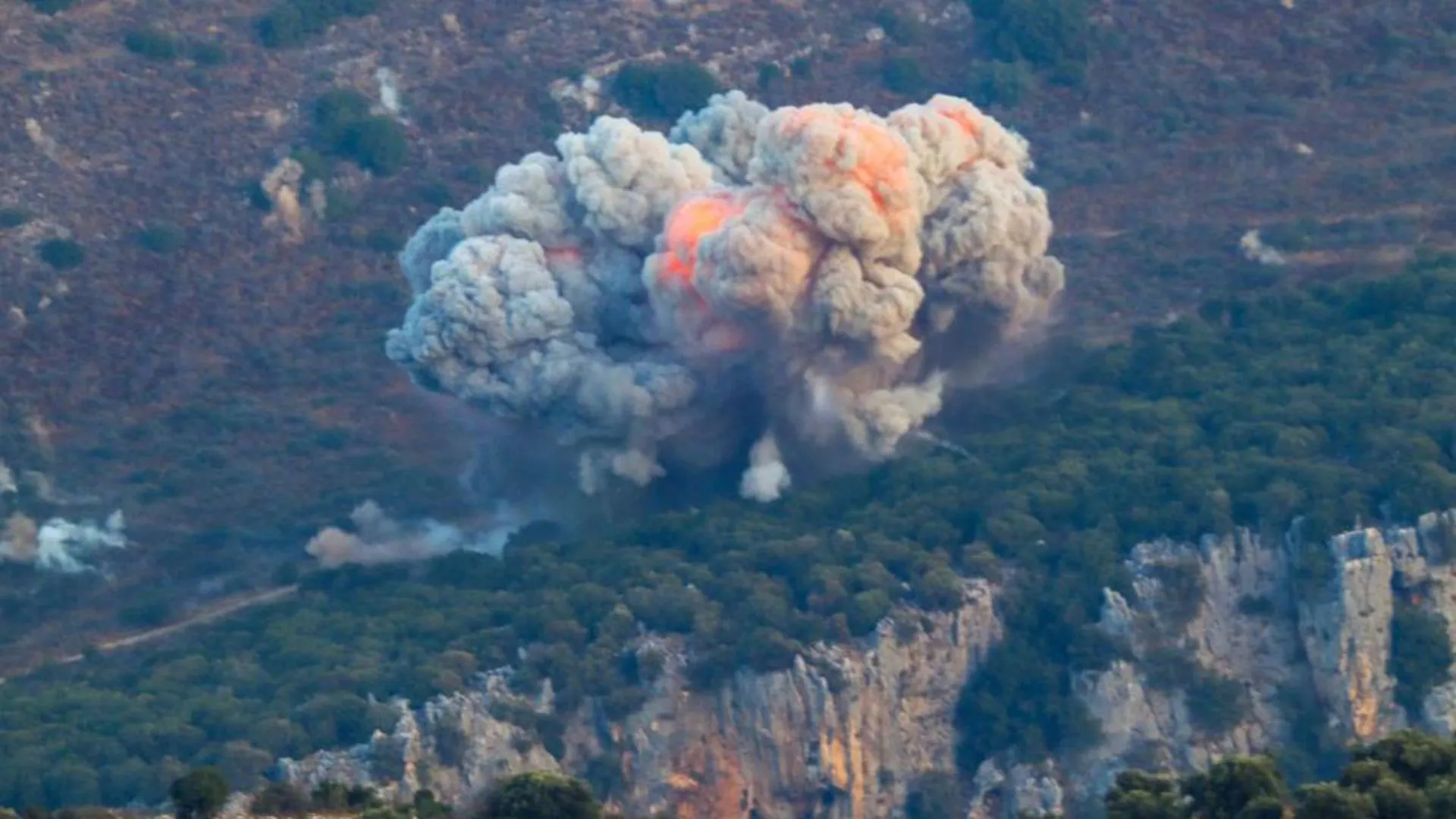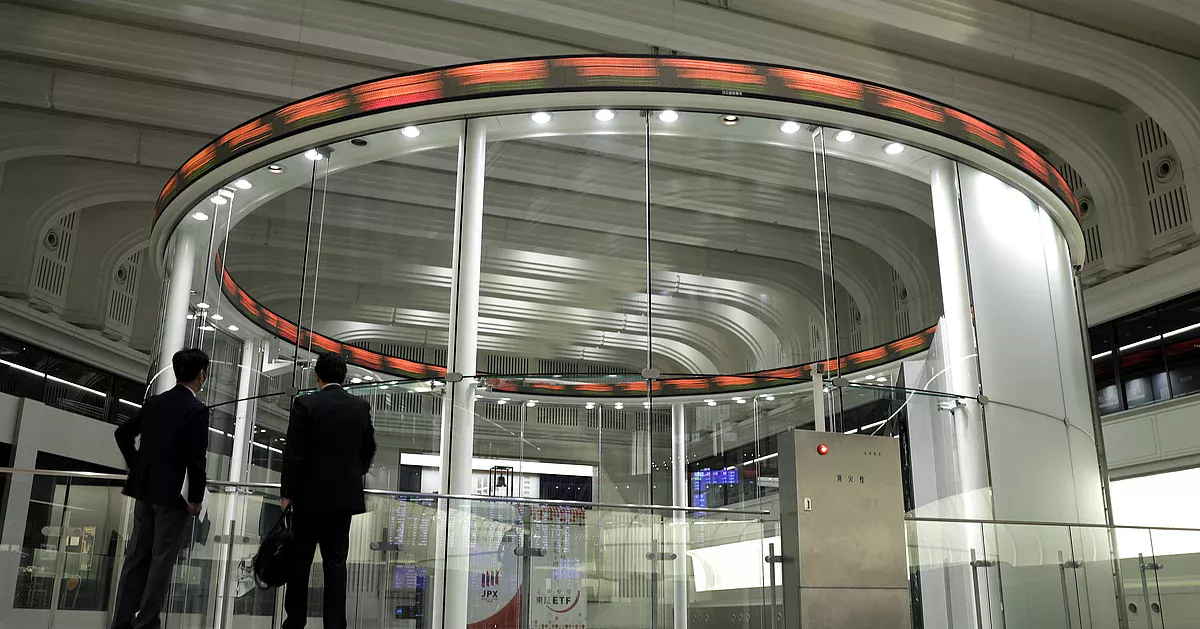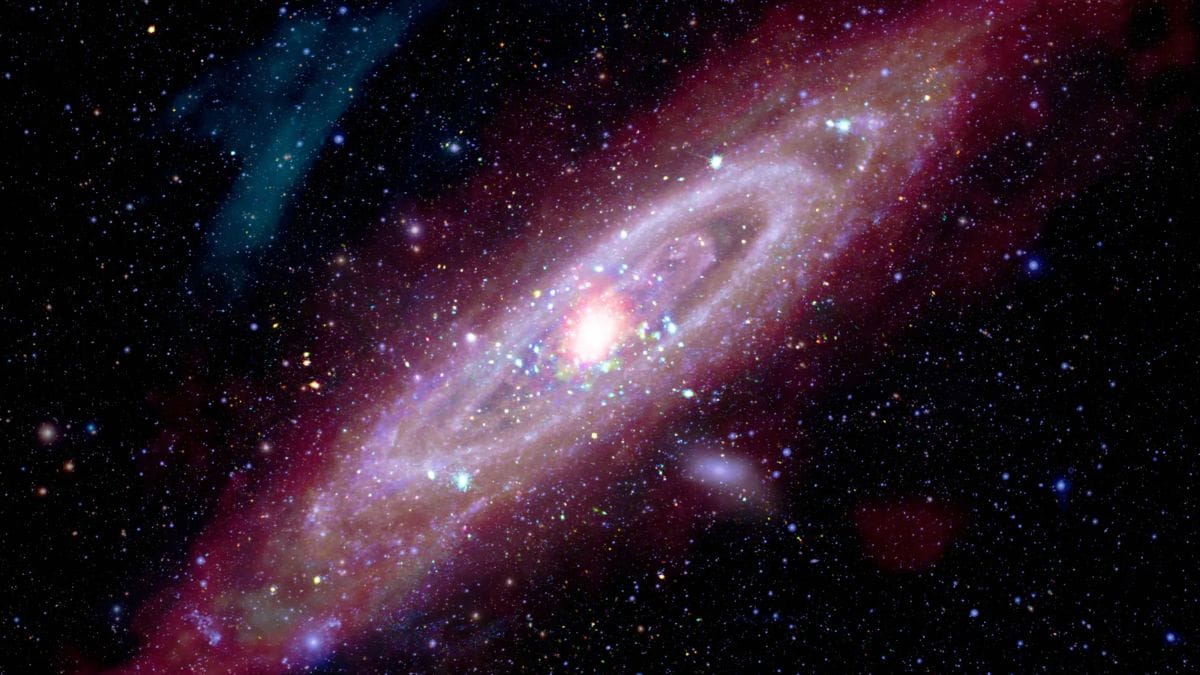November 11, 2024 The confrontation between Israel and Hezbollah escalated significantly on Sunday, November 12, 2024, when Hezbollah launched 165 missiles into northern Israel. It follows Israeli Prime Minister Benjamin Netanyahu’s previous recognition of an attempted pager strike in the Gaza Strip and represents a significant increase in hostilities.
The Israeli military is now attacking them with airstrikes, demonstrating an even greater degree of aggression in the ongoing onslaught on Gaza following the Sunday assassinations of top Hezbollah commanders.
Increased Attacks and Reactions
Hezbollah’s rocket fire is a part of a larger campaign of revenge over Israeli bombings in Gaza and the recent assassinations of two key Hezbollah commanders.
According to the Israeli Defense Forces (IDF), the majority of projectiles were intercepted by the Iron Dome missile defense system. Some did, however, injure and inflict substantial damage to persons on the ground. Residents in northern Israel were alarmed by the strikes, which triggered air raid sirens and led to the closure of public areas and educational facilities.
Israel swiftly responded by launching airstrikes against Hezbollah bases in southern Lebanon. According to the IDF, the strikes were intended to destroy the rocket launch facilities, preventing any more assaults by Hezbollah, one of Hamas’s main backers in the current Israel-Hamas conflict.
Accordingly, one of the main objectives Netanyahu outlined in his address was to openly acknowledge Israel’s alleged role in the pager attack that was attempted on a commander in Gaza.
This was seen as a forceful display of Israel’s increasing intelligence presence in the conflict with Hamas. This acknowledgment was a component of Netanyahu’s broader strategy to defend Israel’s ceaseless bombing campaign in Gaza, which has drawn condemnation for the high number of civilian casualties and the continued humanitarian situation.
Hezbollah vehemently objected to what it saw as an insult to its power in the area and a provocation. Behind that is the concern that the already unstable Middle East may become much more unstable if the two-front conflict that has already broken out spreads to Gaza, Lebanon, and even Syria.
The effect on civil populations
Since the battle between Israel and Hamas intensified in October 2023, this missile barrage has become one of the most violent ones. Heavy fatality counts have afflicted civilians on both sides in northern Israel.
Numerous people have sought refuge in bunkers. However, the potential for widespread population displacement close to the Israel-Lebanon border is causing increasing worry.
Due to Israeli airstrikes and a massive ground effort to dismantle Hamas’ infrastructure, the situation in Gaza is dire. As food, water, and medications continue to be critically scarce, aid workers fear the situation is becoming worse.
The worldwide response
De-escalation was demanded by the world community. The UN cautioned both parties against sending the unmistakable message that escalation may result in a more serious regional conflict.
Calls for ceasefire negotiations were not heard by U.S. Secretary of State Antony Blinken; neither side appears prepared to abide by them, and additional international pressure is needed to persuade both parties to take this option into consideration.
As a result, a running battle would have a significant impact on the region’s geopolitics, raising concerns that Iran, a Hezbollah backer, would be involved. The existing state of affairs might degenerate into more serious conflicts including the struggle between rival groups throughout the Middle East if there is no international mediation.



